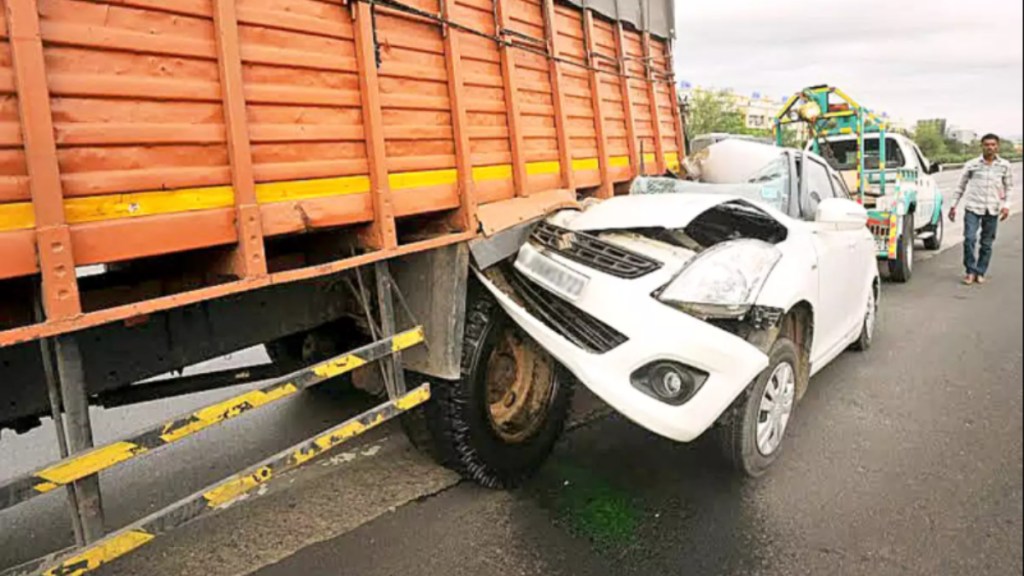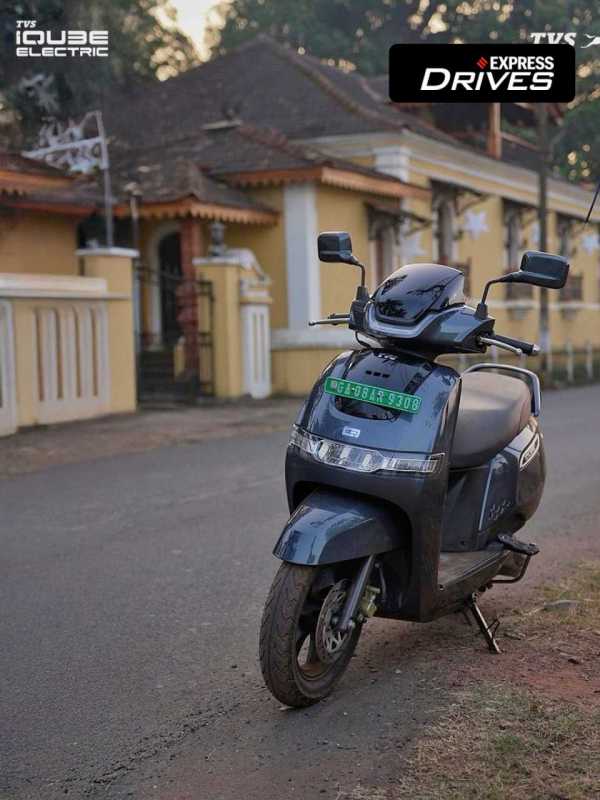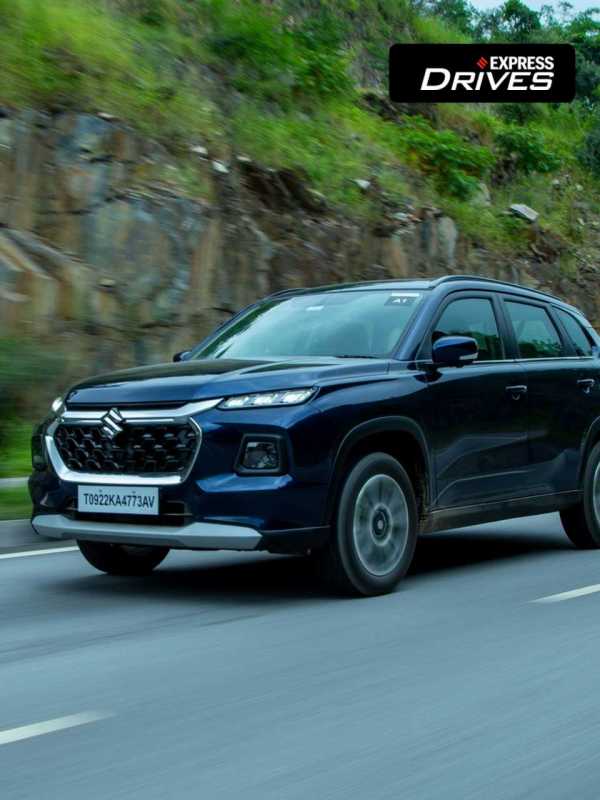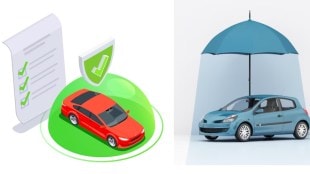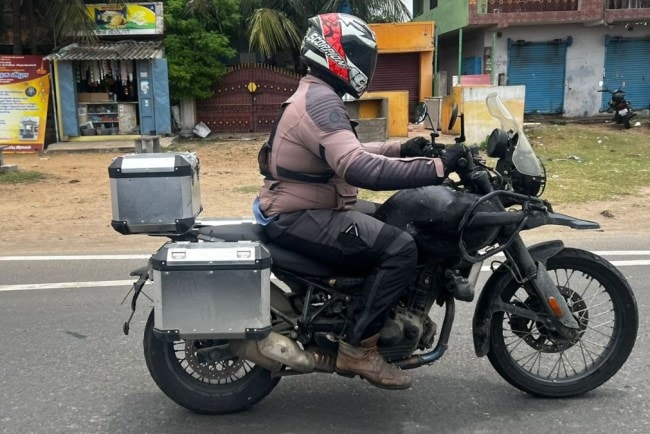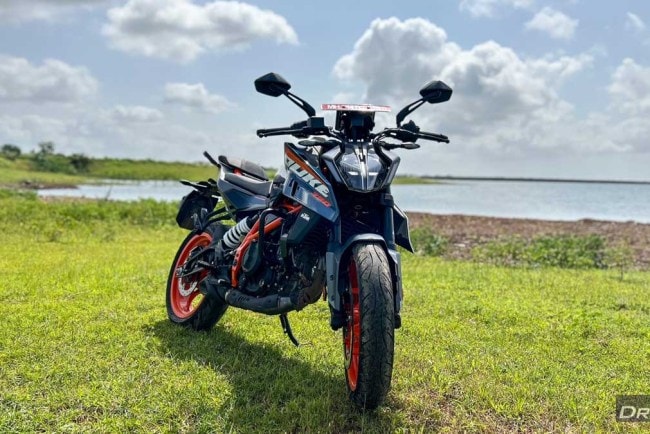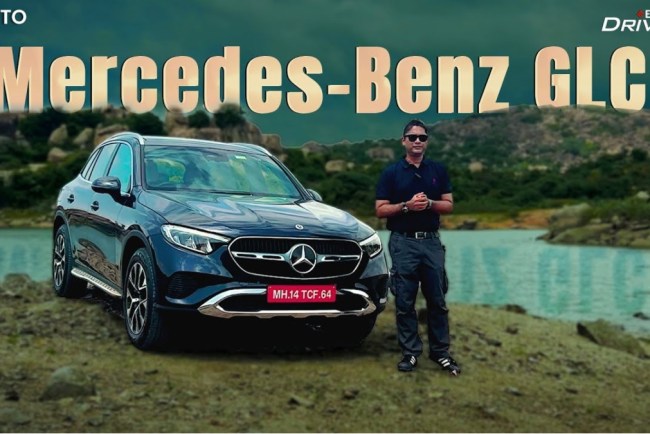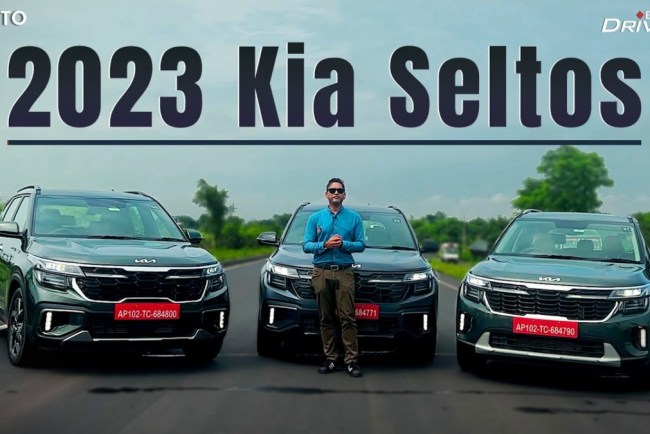The value of a person’s life cannot be simply measured in a value term, but what has been calculated by the World Bank, road crashes cost India almost 3-5 percent of its Gross Domestic Product (GDP) every year. This of course is by no means an assessment of the cascading effect that follows on the individual’s family and their lives.
According to the recently released data by the Ministry of Road Transports & Highways, road accidents in found 168,491 people loosing their lives (+9.4%) and 443,366 getting injured in 461,312 road crashes (+11.9%) reported in 2022. This means on average 461 lives lost each day or 19 lives lost every hour.
It is important to acknowledge that most stakeholders on their part are trying to do their bit to improve the situation, but there is still a lot that needs to be done.
Financial Express Online spoke to road safety crusader Piyush Tewari, Founder & CEO, SaveLife Foundation to understand his views on the overall road safety situation in India and what more can be done to reduce road fatalities.
He acknowledges the growing awareness on crash test safety ratings and welcomes the Bharat NCAP initiative, but he believes that “the key part is to make sure that the mode of transport that the poorest in our country take is the safest. And when we do that, we will automatically end up making transport safe for everyone. Also, the moment you make roads or streets or intersections safe for children, you’ll end up potentially making it safe for everyone.”
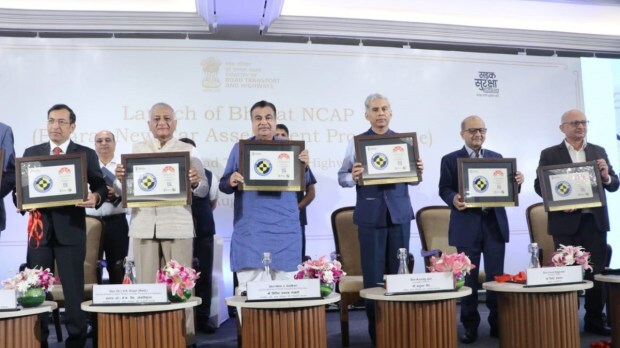
On August 22, 2023, Minister of Road Transport & Highways along with industry stakeholders launched the Bharat New Car Assessment Program (BHARAT NCAP) in New Delhi. The initiative aims to enhance road safety by elevating vehicle safety standards for up to 3.5-tonne vehicles in India. Image courtesy: Nitin Gadkari/Twitter
“I do want to point out one thing although the crash testing program is fantastic, it was much needed. We need to acknowledge that this is an area where we need to focus and go beyond cars and bring under our mandate – buses, three-wheelers, trucks, two-wheelers – modes that the poorest people in our country are using. That also forms the largest chunk of deaths in our country. BNCAP is a very welcome step. It is something that the consumer has driven by asking for safer vehicles. But I think the real success would be when they’re able to make safer vehicles for the poorest in our country and not necessarily those who can afford four wheels instead of two-wheelers.”
Focus on increasing awareness
Making vehicles safer is one aspect of the solution, but a huge portion of the safety focus also lies on the way road design & engineering is and most importantly road users.
Tewari reminiscence that the country has come a long way, “When I founded SaveLIFE back in 2008 about 15 years ago, our focus was to help the country get a Good Samaritan Law, which was fundamentally aimed at enabling people to come forward and help the injured without any legal or procedural hassles. We were able to achieve that goal over an 11-year period starting 2008.”
In 2016 the Supreme Court of India gave its first judgement and Good Samaritan Law was incorporated into the law in 2019 through the amendment to the Motor Vehicle Amendment Act of 2019.
He says that back in 2008, road safety was not a topic of discourse but was largely limited to academic circles. Then there was a change the focus on road engineering by looking at electronic enforcement and crash investigation. The second development which is noteworthy is that there is a significant amount of political will around the issue today as compared to 2008. There is a keen interest and intent at the end of both political and bureaucratic leadership of the country to address the issue effectively.

“Over the last 15 years, certain models have evolved and emerged that we know now are working, that are delivering results in terms of saving lives. What needs to be done between now and 2030 is for those models to get scaled up, because currently, those models are working in limited environments or rather in silos. We need to scale up the scientific or systemic approach to road safety. We need to look at road safety as a holistic issue across behaviour, across engineering of roads and vehicles, trauma care, police enforcement, and laws, and not just as an issue that exists in one of these many silos, in fact, silos must be broken. And all this coordination has to be brought together for the scaling up to have a national level impact,” shares Tewari.
Speeding remains the top killer
Amongst the top causes of road fatalities in India speeding remained the top factor accounting for 71.2% of the total deaths. In terms of vehicle classes, two-wheeler users accounted for almost half (44.5%) of the total deaths, and pedestrians alone accounted for nearly 20% of the road crash fatalities. Over half of all road crash deaths took place on national and state highways, despite the fact that they make up only about 4.9% of the total road network.
On the other hand, despite the fact that the government has been introducing cameras to detect speeding, higher penalties or the possibility of vehicles getting seized has not made much of a difference to the offenders as much as it should have. Then there is the hesitancy amongst individuals to assist road accident victims in the golden hour on the fear of being harassed by the local authorities later on.
| Cause | 2022 | 2021 | 2020 | 2019 | 2018 |
| Speeding | 119,904 | 107,236 | 91,239 | 101,723 | 97,588 |
| (in %) | 71.20% | 69.60% | 69.30% | 67.30% | 64.40% |
| Driving on the wrong side | 9,094 | 8,122 | 7,332 | 9,201 | 8,764 |
| (in %) | 5.40% | 5.30% | 5.60% | 6.10% | 5.80% |
| Driving under influence of alcohol and drugs | 4,201 | 3,314 | 3,322 | 5,325 | 4,188 |
| (in %) | 2.50% | 2.20% | 2.50% | 3.50% | 2.80% |
| Driving under the influence of alcohol and drugs | 3,395 | 2,982 | 2,917 | 4,945 | 3,707 |
| (in %) | 2.00% | 1.90% | 2.20% | 3.30% | 2.40% |
| Jumping red light | 1,462 | 679 | 864 | 1,797 | 1,545 |
| (in %) | 0.90% | 0.40% | 0.70% | 1.20% | 1.00% |
| Others | 13,435 | 31,639 | 26,040 | 28,122 | 35,695 |
| (in %) | 18.10% | 20.50% | 19.80% | 18.60% | 23.50% |
“As far as the Good Samaritan Law is concerned, I don’t think it will be right to believe that 100% of people available on a particular scene will suddenly become Good Samaritans and come forward to help. I think what we want to do is that those one or two people who have the ability and interest to save someone’s life, when they come forward, they should not have to face any hassle at this point of time,” he says.
There are two ways one can drive people to come forward, one is through creating awareness and second by ensuring punishment and accountability for individuals who cause inconvenience for the Good Samaritan.
Future work
Talking about the future areas of focus for SaveLife Foundation Tewari says the NGO is working on several areas including – 100 zero-fatality corridors and districts; Reforming bus body code in India; creating a digital library (asset) for everyone to use and Road Safety 2.0 wherein incorporating digital technology to create a national war room to track the 100 fatality corridors and then replicate across the country.
To drive the same the foundation aims to more than double its headcount over the next year. “We are currently about 50 people, and we will be over the next year or so adding 70 more people so that he’ll go to about 120 full-time staff. There will be a combination of PHD’s, engineers, trauma specialists, enforcement specialist lawyers, communication specialists, project managers, urban designers, and transport planners. So, it will be a fair amount, diverse set of people that we hire,” concludes an optimistic Tewari.

